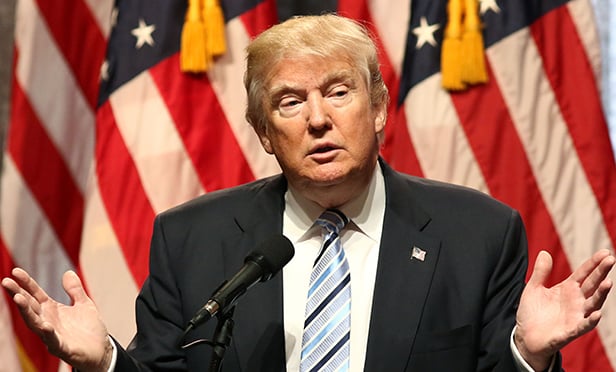While many investors have revived their love affair with corporate bonds this year, one stands out: Pacific Investment Management Co.'s (Pimco's) Bill Gross.
His $3.6 billion Total Return exchange-traded fund (ETF) has more than quadrupled its allocation to such notes since January to more than 41 percent of its holdings. Gross isn't the only one to find high-grade corporate bonds more appealing lately, given that mutual-fund investors have poured $63 billion into the debt this year after pulling record amounts in 2013, according to Wells Fargo & Co. data.
On one hand, this makes sense because the U.S. economy has been picking up and the most-creditworthy companies look pretty good based on their balance sheets.
On the other, this more-than-$5 trillion slice of the U.S. bond market is about as sensitive as it's ever been to moves in benchmark interest rates, and the Federal Reserve's preparing to raise borrowing costs next year.
The extra yield, or spread, investors demand to own investment-grade company debt instead of Treasuries is near the lowest since before the 2008 credit crisis. This means any ripple effects from the Fed's exit will be all the more painful for holders of this debt.
“You have to be cautious and careful about this because we do think higher rates are coming,” said George Rusnak, national director of fixed income for Wells Fargo Private Bank. “As spreads are less, you're less protected.”
At the same time, benchmark bond yields aren't likely to rise much during the next six months, so investment-grade corporate securities should hold their value, he said. When rates do rise, the notes may outperform junk bonds—which have benefited disproportionately from a search for yield amid unprecedented Fed stimulus.
Pimco's Total Return ETF, which follows a similar investment strategy as the firm's $223.1 billion Total Return Fund, has been steadily increasing its corporate-debt holdings throughout the year. The notes account for more than 41 percent of the fund now, compared with as low as 9.73 percent at the end of January, according to data compiled by Bloomberg.
The two-year-old ETF shrunk its allocation of government-related debt, reducing the proportion of such notes to 27 percent from 40.23 percent at the end of last year.
Mark Porterfield, a Pimco spokesman, declined to comment.
The bets have paid off. U.S. high-grade notes are poised for an annual return of 10.4 percent, the most since 2009 when credit markets were rebounding from their seizure, according to Bank of America Merrill Lynch index data. Junk bonds, meanwhile, are on track for an 8.9 percent gain.
Investors are demanding 1.13 percentage points of extra yield over Treasuries to own investment-grade debt, down from 6.56 percentage points in December 2008. In June, the spread fell to 1.06 percentage points, the lowest since 2007.
In other words, investors are demanding less and less compensation for owning debt that's safe enough.
Copyright 2018 Bloomberg. All rights reserved. This material may not be published, broadcast, rewritten, or redistributed.
Complete your profile to continue reading and get FREE access to Treasury & Risk, part of your ALM digital membership.
Your access to unlimited Treasury & Risk content isn’t changing.
Once you are an ALM digital member, you’ll receive:
- Thought leadership on regulatory changes, economic trends, corporate success stories, and tactical solutions for treasurers, CFOs, risk managers, controllers, and other finance professionals
- Informative weekly newsletter featuring news, analysis, real-world case studies, and other critical content
- Educational webcasts, white papers, and ebooks from industry thought leaders
- Critical coverage of the employee benefits and financial advisory markets on our other ALM sites, PropertyCasualty360 and ThinkAdvisor
Already have an account? Sign In Now
*May exclude premium content© 2024 ALM Global, LLC, All Rights Reserved. Request academic re-use from www.copyright.com. All other uses, submit a request to [email protected]. For more information visit Asset & Logo Licensing.




